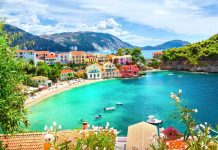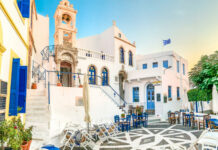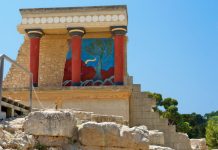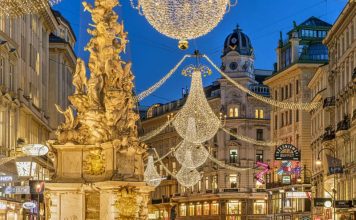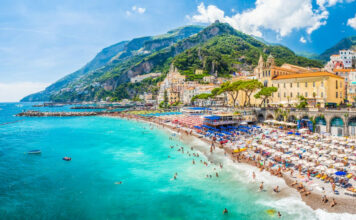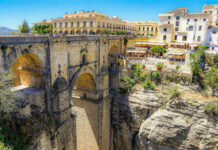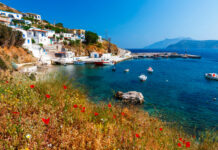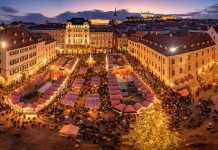10A Cultural Melting Pot
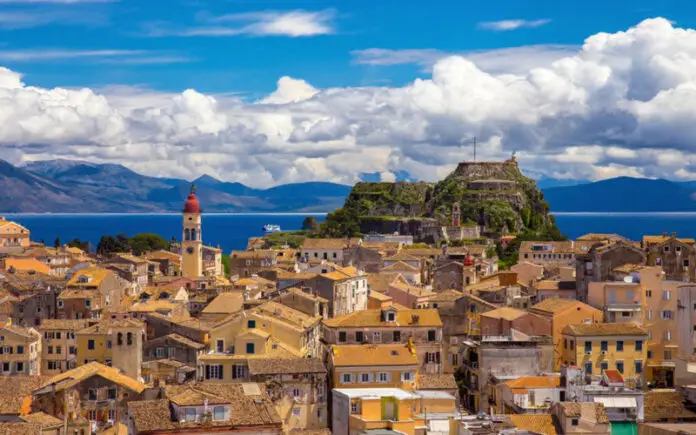
Corfu’s strategic location at the crossroads of Europe and the Mediterranean has made it a melting pot of cultures and civilizations throughout its history. From the ancient Greeks and Romans to the Byzantines, Venetians, French, and British, Corfu has been influenced by a diverse array of peoples and cultures, each leaving their mark on the island’s architecture, cuisine, and traditions.




